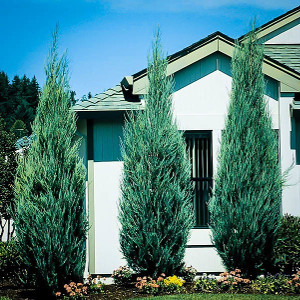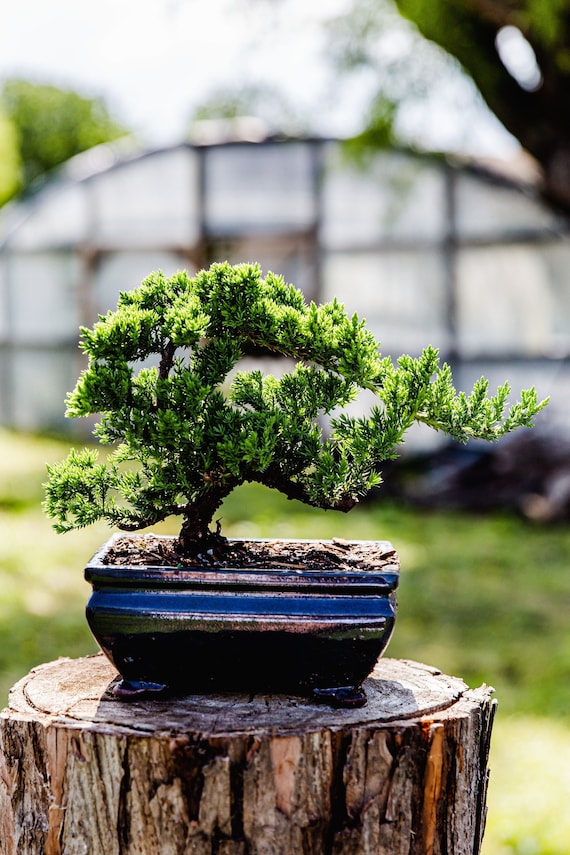Welcome to the world of decorative juniper trees – a versatile and resilient choice for enhancing your garden’s aesthetics! In this guide, we’ll delve into the varieties, care tips, and creative ways to incorporate these stunning trees into your landscape design. As someone who has nurtured these beauties throughout the years, I am excited to share my experiences and insights with you!
What Are Decorative Juniper Trees?
Decorative juniper trees belong to the *Juniperus* genus and are evergreen conifers that add charm to any landscape. With their striking colors, textures, and forms, junipers can serve as focal points, ground cover, or privacy screens.
Why Choose Decorative Juniper Trees?
Junipers offer numerous benefits, making them a favored choice among gardeners and landscapers:
- Low Maintenance: Junipers are drought-tolerant and disease-resistant.
- Versatility: Available in various sizes and shapes, perfect for myriad landscaping needs.
- Year-Round Interest: Their evergreen nature ensures vibrant scenery throughout all seasons.
Popular Varieties of Decorative Juniper Trees
When selecting junipers, it’s essential to consider their characteristics and growth habits. Here’s a breakdown of some popular types:
Table of Popular Juniper Varieties
| Variety | Height | Spread | Color | Best Uses |
|---|---|---|---|---|
| Blue Star Juniper | 1-2 ft | 3-4 ft | Silver-blue | Ground cover, borders |
| Shore Juniper | 1-2 ft | 3-5 ft | Dark green | Coastal areas, erosion control |
| Columnar Juniper | 10-15 ft | 3-4 ft | Green to blue | Privacy screens, vertical accents |
| Eastern Red Cedar | 30-40 ft | 8-20 ft | Green | Specimen trees, windbreaks |
How to Plant Decorative Juniper Trees
Planting junipers correctly will ensure their health and vitality. Here’s a step-by-step guide:
Choosing the Right Location
Junipers thrive in full sun and well-drained soil. Avoid areas with heavy shade or waterlogged soil.

Steps to Planting
- Prepare the Site: Clear any weeds and debris from the planting area.
- Dig the Hole: The hole should be twice the width of the root ball and the same depth.
- Position the Tree: Place the juniper in the center of the hole, ensuring the root collar is level with the ground.
- Backfill and Water: Fill the hole with soil and water thoroughly to remove air pockets.
Caring for Decorative Juniper Trees
Maintaining your junipers is key to their longevity. Here are essential care tips:
Watering
While junipers are drought-tolerant, newly planted trees require regular watering until established. Water deeply but infrequently.

Fertilizing
Use a balanced fertilizer in early spring to promote growth. Avoid over-fertilizing, as this can lead to lush but weak growth.
Pruning
Prune junipers to maintain their shape and remove any dead or diseased branches. The best time to prune is late winter to early spring.

Protection from Pests
While generally pest-resistant, watch out for spider mites and aphids. Regular inspection and organic pesticides can manage infestations.
Using Junipers in Landscape Design
Decorative junipers can be creatively integrated into various landscaping projects. Here are some ideas:
Creating a Rock Garden
Junipers are excellent companions for rock gardens, adding texture and color.

Privacy Screens
Columnar junipers work great for creating natural privacy barriers, providing a sense of seclusion.
Garden Borders
Use lower-growing junipers like Blue Star as charming borders along walkways or flower beds.

Container Gardening
Smaller junipers can thrive in containers, adding greenery to patios and balconies.
Pros and Cons of Decorative Juniper Trees
Let’s weigh the benefits against potential downsides:
Pros
- Low maintenance and drought-tolerant.
- Wide variety of shapes, sizes, and colors.
- Evergreen foliage provides year-round interest.

Cons
- Can become leggy without pruning.
- Some varieties may be susceptible to certain pests.
- Not suitable for overly wet environments.
Common FAQs about Decorative Juniper Trees
1. How fast do juniper trees grow?
Growth rates vary depending on the variety. Most grow 6-12 inches per year when properly cared for.
2. Can junipers tolerate shade?
Junipers prefer full sun. While some can tolerate light shade, they thrive best in direct sunlight.
3. How often should I water my junipers?
Water newly planted junipers deeply once a week for the first month. Established plants need less frequent watering.
4. Are juniper trees toxic to pets?
Most junipers are not toxic, but always consult your veterinarian for specific concerns regarding your pets.
5. When is the best time to plant junipers?
The optimal time to plant junipers is in the spring or fall when temperatures are moderate.